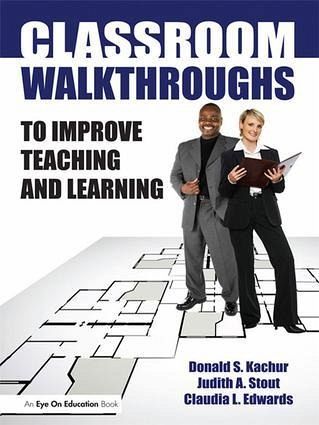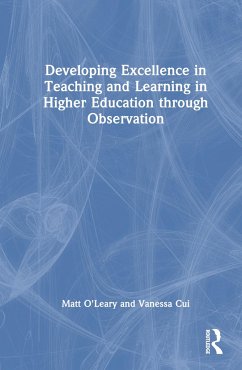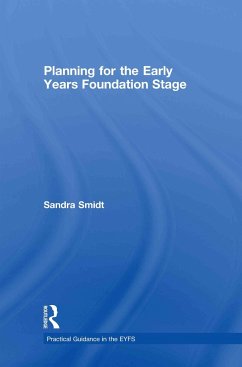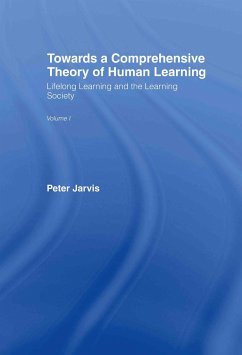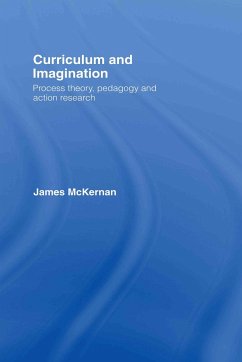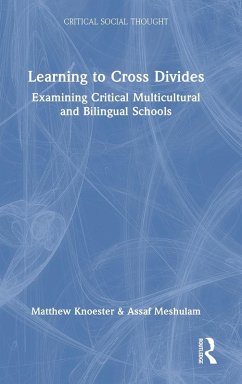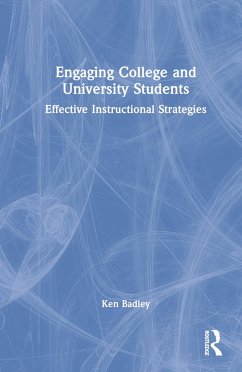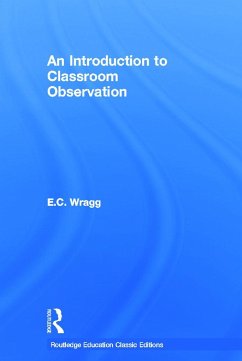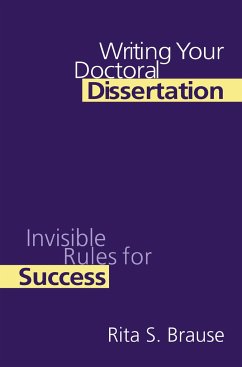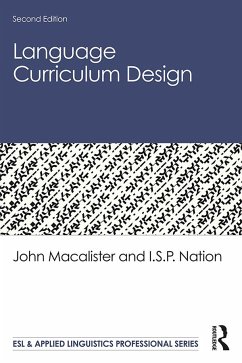Classroom Walkthroughs To Improve Teaching and Learning
Versandkostenfrei!
Versandfertig in 1-2 Wochen
Weitere Ausgaben:

PAYBACK Punkte
58 °P sammeln!




An effective tool for improving teaching and learning, this book demonstrates that there is no "one-size-fits-all" walkthrough model. It shows you how to use classroom walkthroughs to meet the specific needs of your school.
Donald S. Kachur is Professor Emeritus of Education from the Department of Curriculum and Instruction in the College of Education at Illinois State University, Normal, Illinois. He subsequently served from 2001-2008 as the full-time Executive Director of the Illinois Association for Supervision and Curriculum Development (Illinois ASCD). Don is a workshop trainer for the Illinois Administrators Academy, the Illinois Principals Association, and the Illinois Association of School Administrators. In the business realm, he served as an executive consultant at State Farm Corporate and Part Icipated in the delivery of State Farm Advanced Management Seminars. In addition, Don served as a certified trainer with Motorola, Inc. for their Leadership Development Institutes for school superintendents and Executive Leadership Institutes for school principals. He has published in the NASSP Bulletin (National Association of Secondary School Principals), Phi Delta Kappan, Kappa Delta Pi Record, Journal of Teacher Education, and The Clearing House. He is an active member of the Association for Supervision and Curriculum Development (ASCD), for which he serves on its 18-member board of directors (2007-2010). He is also an active member of the National Staff Development Council, Phi Delta Kappa, and the International Association of Facilitators. He holds his B.S., M.S., and Ed.D. degrees in education from Indiana University, Bloomington, Indiana., Judith A. Stout is a retired school district administrator and an independent consultant. Judy earned her B.A. from Mercer University, Macon, Georgia and her M.Ed. and Ed.D. from the University of Oklahoma, Norman, Oklahoma. She retired in 2005 with 19 years of educational experience in Lawton Pubic Schools, Lawton, Oklahoma, and nine years in Colorado districts. Her career in Lawton included elementary classroom teacher, teacher of gifted/talented students, staff developer, elementary assistant principal, and elementary principal. After moving to Colorado, Judy was the Director of Elementary Education for Boulder Valley Schools in Boulder, Colorado, for five years and the Director of Leadership in Adams County School District 14, Commerce City, Colorado, for four years before retiring. She has continued to do work in Adams 14 in the areas of preschool supervision and teacher evaluation. Throughout her career, Judy was and continues to be passionate about professional development. She was on the team that developed the walkthrough model used in Adams 14. Judy has published in Educational Leadership and the Oklahoma Middle Level Education Journal and has presented at national professional meetings and local district staff development meetings. Her professional association memberships include Phi Delta Kappa, Association for Supervision and Curriculum Development, National Association of Elementary Principals, and numerous local organizations. Claudia L. Edwards is an independent educational consultant and Graduate Advisor, School of Education and Behavioral Sciences at Cameron University in Lawton, Oklahoma. She earned her B.S. and M.Ed. from Cameron University. She retired in 2002 after twenty-nine years of teaching in the Oklahoma public school system. Her teaching experience ranges from kindergarten through college. As a secondary teacher, Claudia developed a transition program for middle school entry-level students. She also helped create a Saturday program for at-risk students and was the district co-trainer for cooperative learning. During her teaching career, she was an assessor for the National Board for Professional Teaching Standards, served on a variety of school and district-wide committees, supervised entry-year teachers and served as a mentor for student interns. Claudia has presented at numerous state and national conferences. She is also a certified instructor for Structure of Intellect and has co-authored articles for Educational Leadership and Oklahoma Middle Level Education Association Journal. Claudia is a member of Phi Delta Kappa, Association for Supervision and Curriculum Development, and the National Staff Development Council.
Produktdetails
- Verlag: Routledge
- Seitenzahl: 192
- Erscheinungstermin: 24. November 2015
- Englisch
- Abmessung: 260mm x 183mm x 15mm
- Gewicht: 567g
- ISBN-13: 9781138131835
- ISBN-10: 1138131830
- Artikelnr.: 70114790
Herstellerkennzeichnung
Libri GmbH
Europaallee 1
36244 Bad Hersfeld
gpsr@libri.de
Für dieses Produkt wurde noch keine Bewertung abgegeben. Wir würden uns sehr freuen, wenn du die erste Bewertung schreibst!
Eine Bewertung schreiben
Eine Bewertung schreiben
Andere Kunden interessierten sich für




